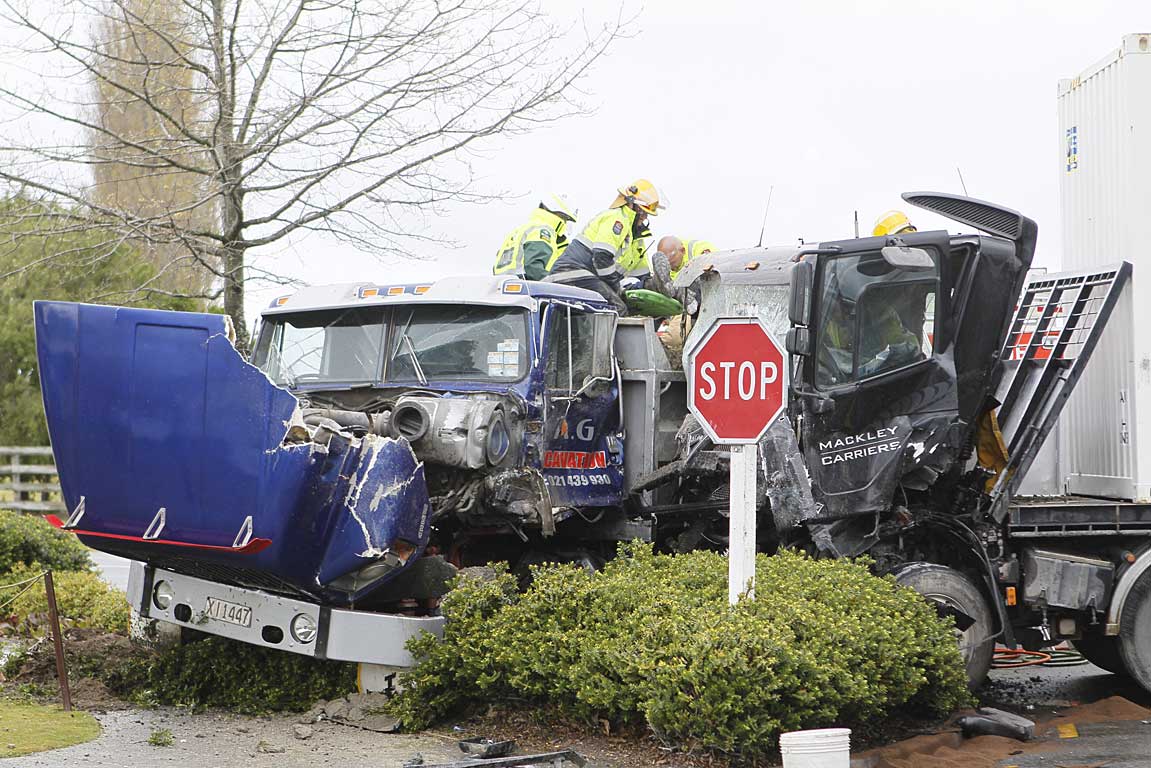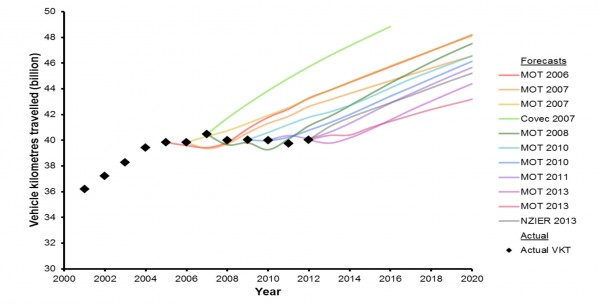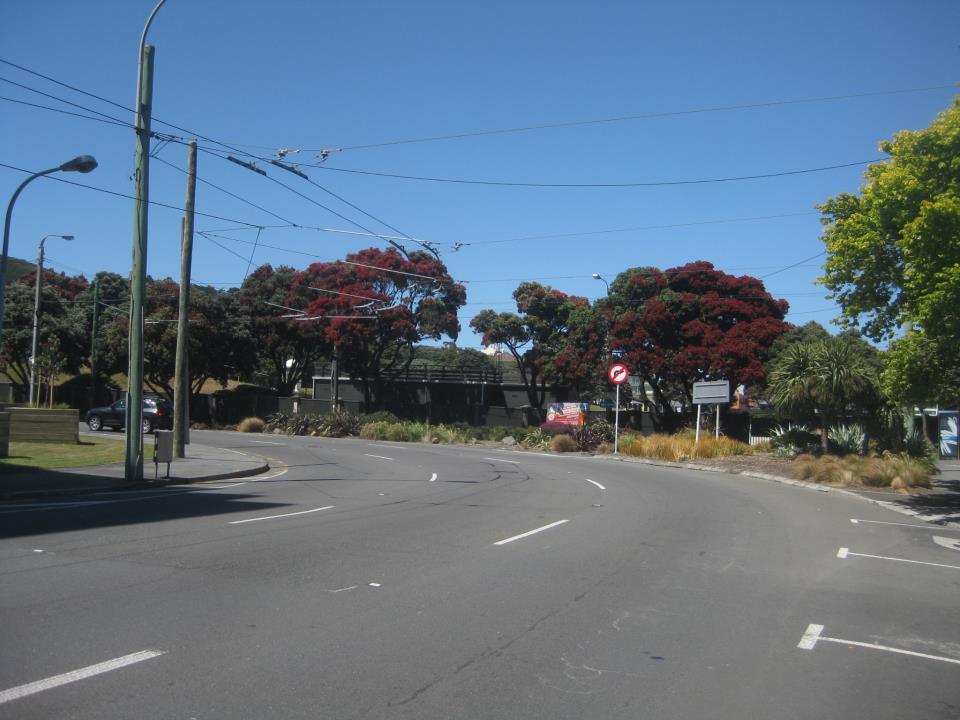- Already convinced you don’t want four years of extra heavy truck movements around the Basin Reserve, day and night? Submit now: http://www.actionstation.org.nz/wellington_airport_extension

Wellington Airport is seeking resource consent to extend its runway 363 metres into Cook Strait. The economics of this move are dubious – not to mention the question of how much money ratepayers would have to shell out to pay for it – and there are significant adverse environmental effects.
But, from a Save the Basin perspective, the main concern right now is the effects of planned construction traffic on Wellington’s transport system, and particularly on State Highway 1 in the area of the Basin Reserve.
The airport company is planning to run 23-metre long heavy trucks day and night, from 9.30am-2.30pm and 10pm-6am, along State Highway 1 for 3-4 years (and possibly up to 10 years) to transport up to 1.5 million cubic metres of fill between Horokiwi and Kiwi Point quarries and the airport – and then those empty trucks will rumble and bounce their way back to the quarries.
The planned route goes around the Basin Reserve and through the Mt Victoria tunnel – and the airport company is projecting up to 620 of those heavy truck movements a day, at a frequency of up to one heavy truck movement per minute.
Stop and think about that for a minute. Whether you’re a pedestrian, a cyclist, a bus user or a driver, do you think those 620 heavy truck movements a day will improve your transport experience? And how about if you are a resident who is trying to live, work or sleep next to the route?
If that’s something you’d prefer not to experience, you can make a submission against the proposal using the form at http://www.actionstation.org.nz/wellington_airport_extension – you’ll find suggested submission points on the left-hand side of the form. Submissions close at 4.30pm on Friday 12 August.


